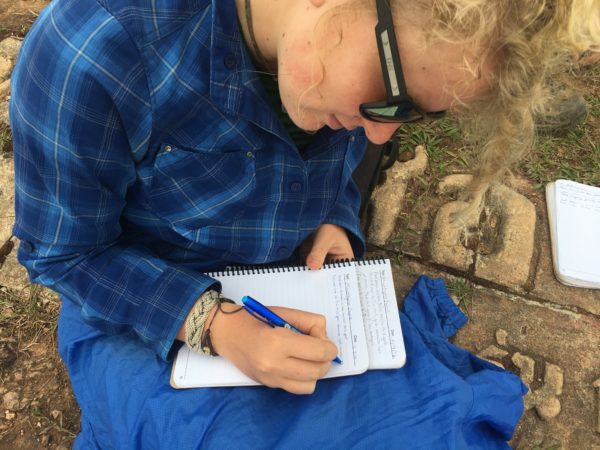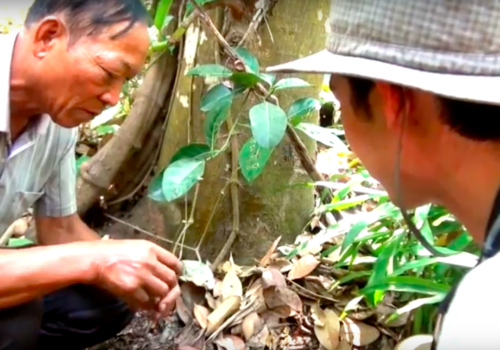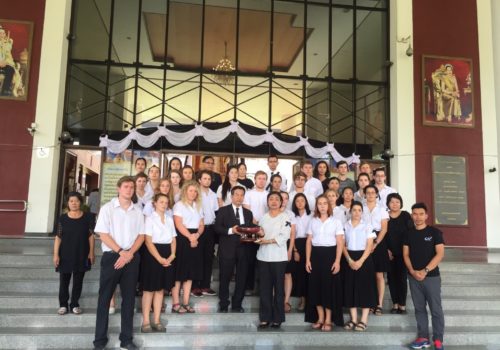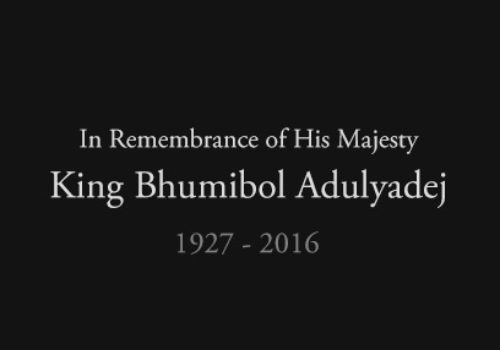What does it look like to tell someone else’s story well? The People Ecology and Development students were given the task of exploring this question during the 3 weeks living with the Karen in the northern hills of Mae Hong Son.

The Karen are a marginalized ethnic group historically used as a scapegoat for pollution problems in Thailand. Their voice is less powerful than those that pressure them to change. During village meetings and home-stays, students were given the unique opportunity to empower their host parents and village leaders by receiving stories. The weight of a question grew for me as I learned how to better frame questions so that the villager had the power to share the story they deemed important.
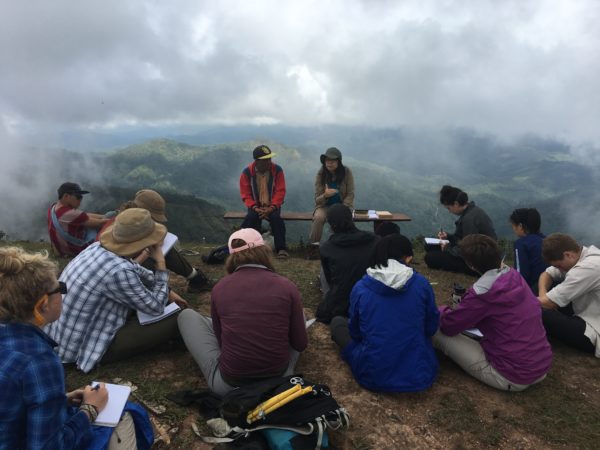
To share someone else’s story well, you have to be able to listen well. Showing up and being physically present in the remote villages with the Karen is the first step to listening well. This is the power of experiential education. A textbook and documentary do not have the same power as sitting next to the village headman talk about the history and challenges of his village. You use your hands to learn that bamboo weaving, cloth dying, and blacksmithing is a valued skill to your host mom and dad. People can tell stories through words as well as actions.
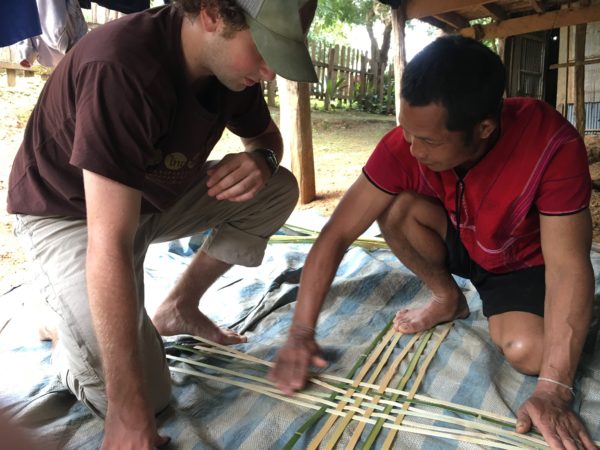
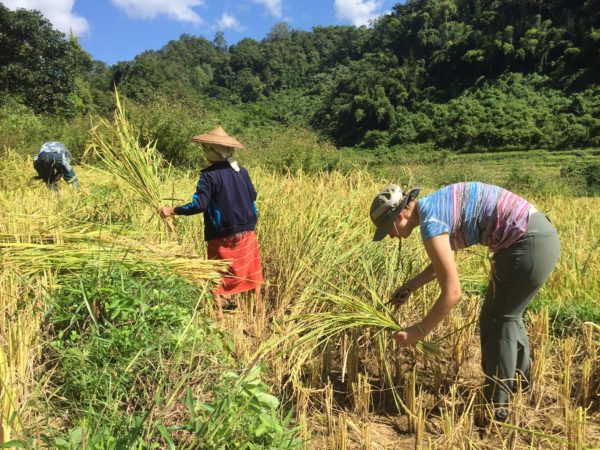
Moving forward, there are still many unresolved questions in my heart surrounding marginalized people groups. But I believe it is invaluable to continue to learn how to listen and share stories well. I need to physically go to the marginalized groups and learn by living with. I’m glad that ISDSI is offering this learning opportunity to students to equip them for a future of empowering others through story-telling.
